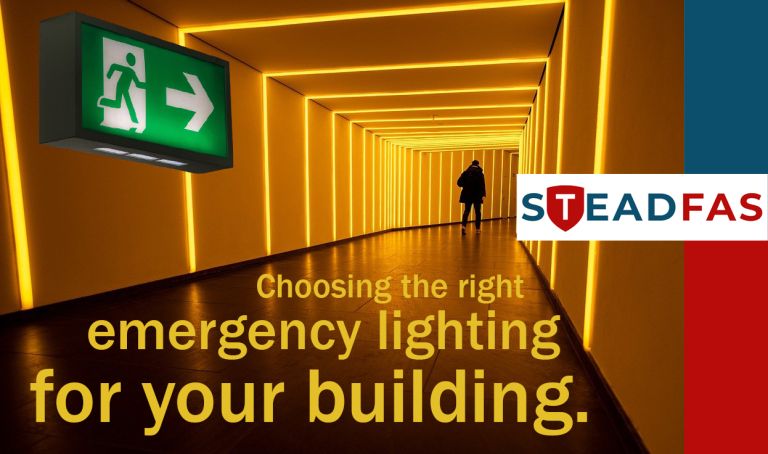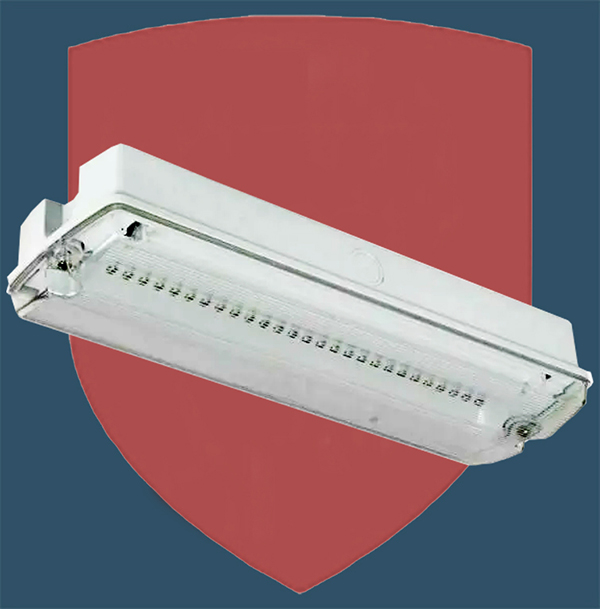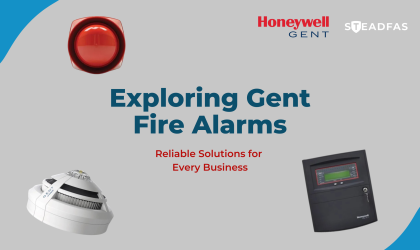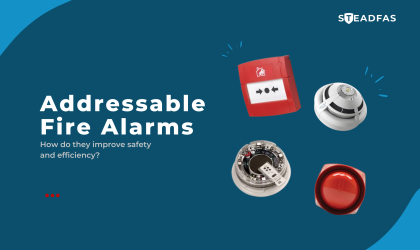How To Choose the Right Emergency Lighting for Your Building

By Teclan | Published on 15th October 2024
When it comes to ensuring the safety of your building's occupants during emergencies, reliable emergency lighting is a must. From fire alarms to power outages, having the right emergency lighting in place is critical to guiding people to safety. But with so many options available, how do you choose the right emergency lighting system for your building? In this guide, we’ll walk you through the key factors to consider, ensuring that your premises are both compliant and secure.
Understanding the Importance of Emergency Lighting
Emergency lighting is not just a regulatory requirement; it is a vital part of any building's safety plan. In the event of an emergency, well-placed and reliable emergency lighting ensures that exits and escape routes are illuminated, reducing panic and facilitating a safe evacuation. A professionally installed system also helps avoid potential legal liabilities and fines due to non-compliance with safety standards.
Different Types of Buildings and Their Needs
The type of emergency lighting you need will vary depending on the size, layout, and use of your building. Here’s a breakdown of the most common building types and the specific lighting considerations for each:
Commercial Buildings (Offices, Shops, Warehouses)
Key Considerations: In commercial settings, emergency lighting should cover stairwells, corridors, and exits. It’s important to ensure that employees and visitors can find their way to the nearest exit quickly and safely.
Solution: Consider installing high-lumen, energy-efficient LED emergency lights that provide bright, clear illumination in key areas. You may also need exit signs with built-in emergency lighting for clear direction.

Residential Buildings (Flats, Apartments)
Key Considerations: Residential buildings require emergency lighting in communal areas such as hallways, staircases, and external exits. In case of a fire or power failure, tenants need to be able to evacuate safely.
Solution: Opt for compact, aesthetically pleasing emergency lights that blend with the interior décor, while still providing ample illumination for safety
Industrial Buildings (Factories, Warehouses)
Key Considerations: Large, open spaces like warehouses and factories often have complex layouts, making it essential to install emergency lighting along escape routes, near hazardous equipment, and in assembly points.
Solution: Install high-performance floodlights or large-area emergency lighting systems that cover wide spaces, ensuring adequate visibility even in large, dimly lit areas
Healthcare Facilities (Hospitals, Clinics)
Key Considerations: In healthcare environments, uninterrupted lighting is crucial for patient safety. Emergency lighting needs to function seamlessly, particularly in operating rooms and intensive care units.
Solution: Emergency lighting systems with automatic power backup, as well as strategically placed lights near emergency exits, staircases, and critical equipment, are essential.
Ensuring Compliance with Safety Regulations
In the UK, emergency lighting installations must comply with regulations outlined in BS 5266-1:2016. This standard ensures that lighting is positioned correctly, provides sufficient brightness, and stays operational long enough for occupants to evacuate. Non-compliance can lead to hefty fines and, more importantly, compromised safety.

Key compliance factors include:
Duration of Lighting: Emergency lighting systems should provide at least three hours of illumination during a power failure.
Placement: Lighting must illuminate escape routes, fire-fighting equipment, and all final exit points.
Testing: Regular testing is required to ensure the lighting remains functional. Automatic testing systems can streamline this process, providing reports for easy compliance tracking
The Benefits of Professional Installation
While DIY options are available, professional installation guarantees that your emergency lighting system is installed to the highest standard and in full compliance with regulations. A trained electrician will ensure that the correct types of emergency lighting are used and that they are installed in the most effective locations. Furthermore, professionals can set up regular maintenance and testing schedules to keep your system in peak condition
Some of the key benefits of opting for professional installation include:
Tailored solutions: A professional can assess your building’s specific requirements and design a custom emergency lighting solution.
Peace of mind: With professional installation, you can rest assured that your system is fully compliant with regulations and will work when you need it most.
Ongoing support: Regular inspections and maintenance ensure your system stays reliable over time.

Final Thoughts: Investing in Safety
Choosing the right emergency lighting for your building is not just about compliance — it's about ensuring the safety of everyone who uses your premises. By selecting appropriate lighting for your building type, complying with safety regulations, and investing in professional installation, you can create a safer environment that protects both people and property.
If you’re looking to enhance the safety of your building with reliable emergency lighting, contact SteadFAS
today. Our experts will guide you through the process, ensuring that your system is both compliant and efficient.
Explore our emergency lighting solutions at SteadFAS and ensure that your building is prepared for any emergency.








